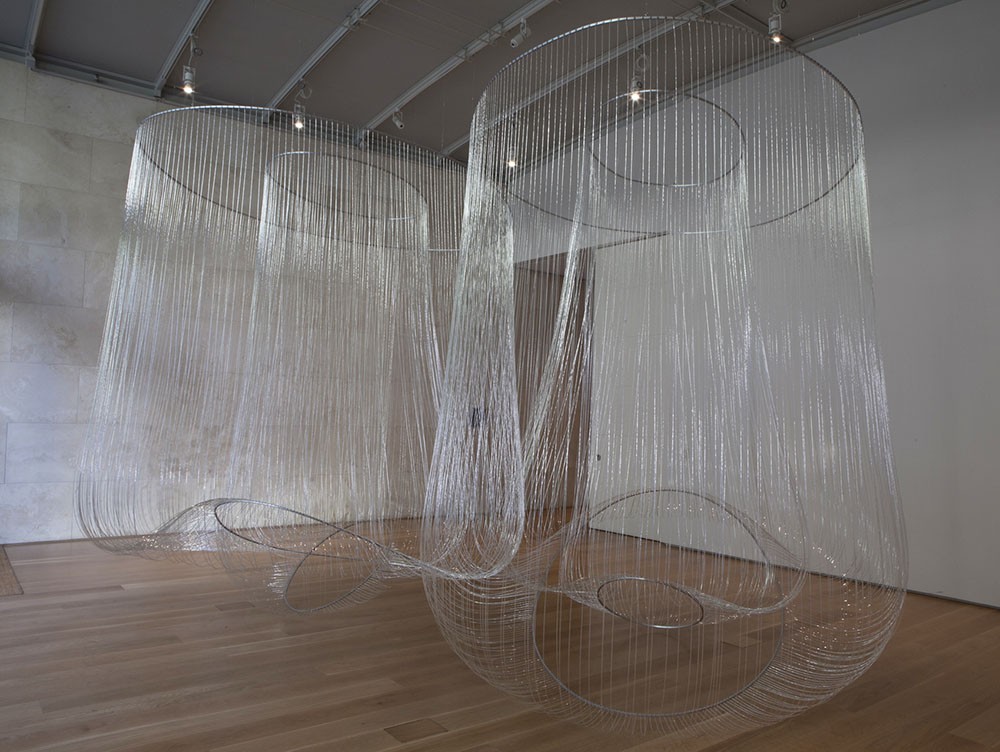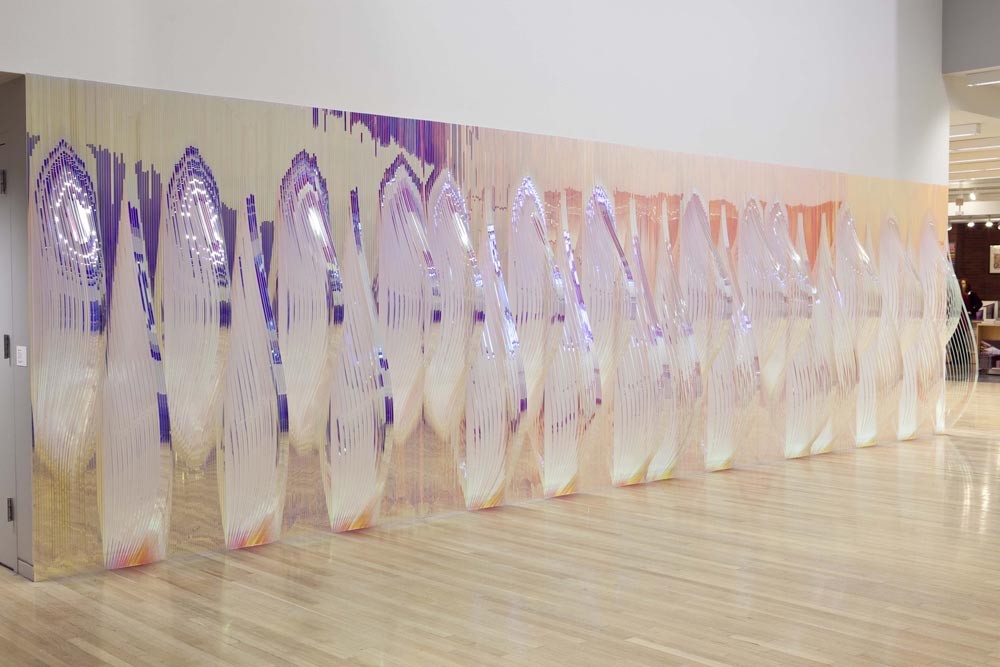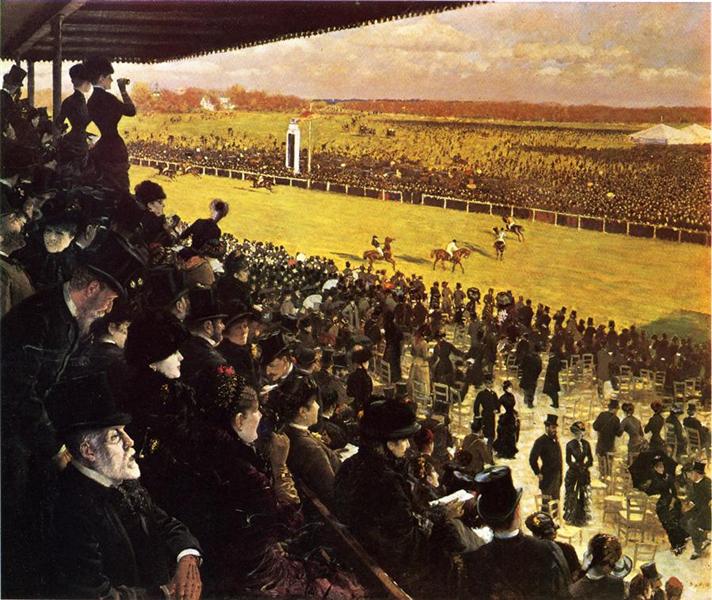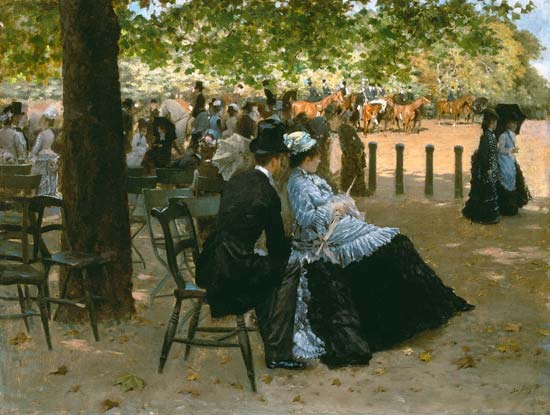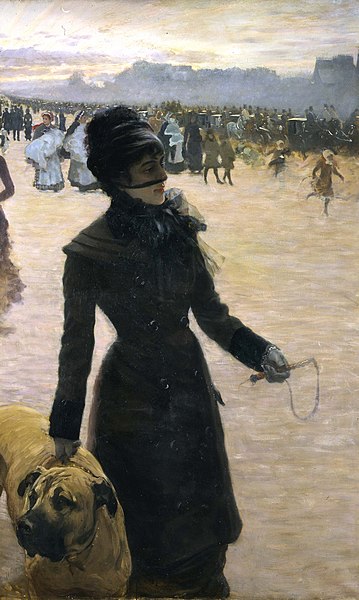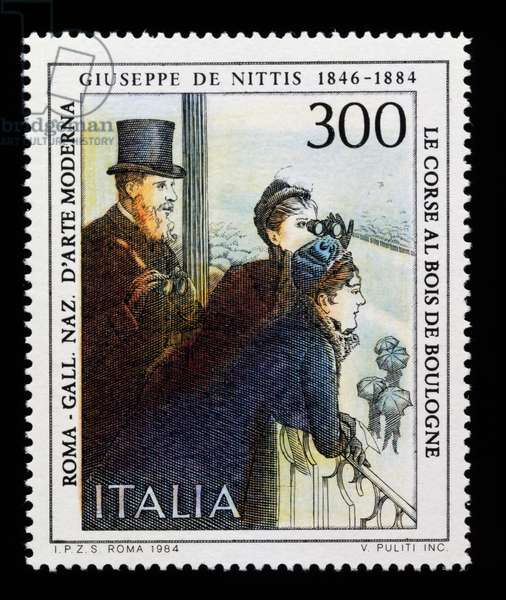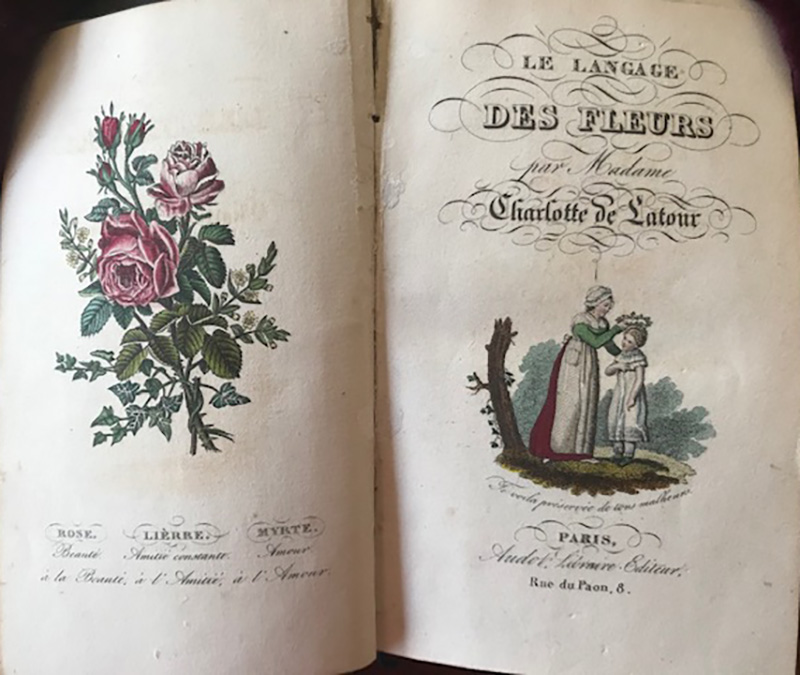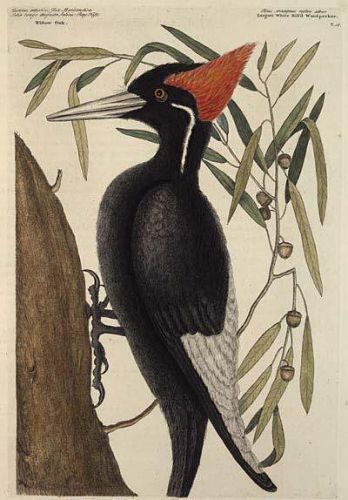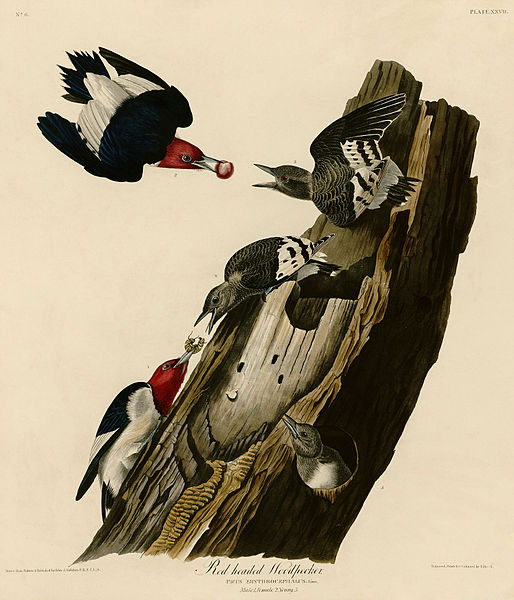Sunday, July 23rd marked the final day of the 19th Annual Plein Air Easton Art Festival and Competition, known to many as the largest and most prestigious outdoor painting competition in the United States. Plein Air Easton organized by the Avalon Foundation announced today that art sales exceeded 500 thousand dollars over the course of the 10-day festival. Throughout the pandemic, Plein Air Easton continued to persevere using creative solutions like drive-thru art parties to keep the festival alive. In 2021 the Avalon Foundation announced art sales of $496K, just shy of the coveted half-million mark.
“It felt like it might be a blip in data, fueled by pent-up demand post-pandemic. We were uncertain if sales volumes of that level were going to be achievable again and in 2022 with sales of $463K, we felt like maybe the art buying market had stabilized again,” stated Avalon Foundation Chief Operating and Finance Officer Jessica Bellis. “This year we are proud to announce that Plein Air Easton sold $537K (451 paintings) during the festival and that this preliminary data does not include plein air works sold through our partner exhibition with the Working Artist Forum (Local Color) or artwork that we know sold through our wonderful galleries downtown Easton.”
Proceeds from Plein Air Easton support the artists, the Festival itself, and the work of the Avalon Foundation whose mission is to inspire, enrich, and connect diverse audiences through arts, educational, and cultural experiences inside the historic Avalon Theatre and throughout Maryland’s Eastern Shore.
Plein Air Easton is a juried competition, with artists from across the globe applying to participate each year. This year’s juror was acclaimed plein air painter Nancy Tankersley. The festival’s juror from one year becomes the judge the next providing a new look each year, which results in a competitive and changing roster of competing painters. Tankersley was specifically chosen to serve as the judge for the festival’s 20th year in 2024. Nancy Tankersley was a founder of Plein Air Easton and a major force in its early success.
“The 58 nationally and globally acclaimed artists who are selected to compete at Plein Air Easton work hard all week to create great paintings they hope will win awards and appeal to the people who come out to buy beautiful works of art.” explained Avalon Foundation Board Chair, Denise Grant. “There was such enthusiastic support for the week’s artistic festivities in Easton, Talbot County from people in our broad community – from NYC to Philly, Baltimore to DC and beyond!”
Mother Nature also gave the festival a boost this year. Plein Air Easton’s Quick Draw Competition, open to all ages and skill levels was held on Saturday, July 22. While known for its grueling and excessive heat, humidity, and dense crowds, this year temperatures remained in the low 80s with a gentle breeze resulting in 82 plein air paintings (all produced during the 2-hour quick draw) to be sold directly off of their easels.
“The Quick Draw is yet another opportunity for local artists to produce and exhibit their work alongside the competition artists. It was a fun time for all!.” stated Grant. “Everyone came together in support of the Avalon’s Plein Air Easton this year in exciting ways. The entire community is proud we are celebrating our 19th year. There is such excitement for Plein Air Easton and we look forward to our 20th anniversary in 2024!
See a summary of the week’s events and a list of competition winners below:
A week of painting in Talbot County kicked off with a canvas-stamping event on July 13th where artists were given an orientation for the week ahead before setting out to find painting inspiration. Friday the 14th, downtown galleries and merchants celebrated the arrival of artists with specials, a shop-to-win raffle, live music, and Storm Productions rendition of a Midsummer Night’s Dream as storm clouds rolled right past the heart of town. Saturday, competition artists could be found at the party of the summer known as the Meet the Artists Party. This event, for Friends of Plein Air Easton who support the event through charitable giving, is a true celebration of art where easels dot the landscape of a private estate in Talbot County. This year the event was held at the picturesque Gross Coate Farm. Art collectors, supporters, and onlookers were ferried through gardens and throughout the grounds in golf carts to watch paintings progress before their eyes. The evening culminated in an exhibit and sale of the day’s work while the easy sounds of the Janet Paulsen Trio played in the background. For dinner, guests were presented with a gourmet picnic dinner crafted by chef Jordon Lloyd and Hambleton House Catering to enjoy either by the water’s edge or to take away and enjoy with friends in the comfort of their own homes.
Paint-outs in Oxford and Tilghman, were held on July 16th and July 17th respectively, and are a way to engage neighboring towns in the excitement of Plein Air Easton by bringing the magic of plein air art to these charming, working waterfront towns. Paint Oxford experienced a deluge of water and found artists tucked in and under the eaves of workshops, garages and boatyards. While the challenges of the day had a negative impact on sales and spirits that evening, the day of painting produced several of the paintings that ultimately won major competition awards.
The Tilghman Paint-out, by contrast, brought sunny skies, stunning artwork, and strong sales into the Wylder Hotel for an exhibit and sale on the evening of July 17th.
All week the exhibit in the PAE Headquarters was dynamic as new art flowed in as the week progressed and art that was purchased went to new homes. In addition to the exhibit of hundreds of paintings, the Headquarters was the place where visitors could enjoy artist demos, interviews, and discussions on topics related to art and beyond.
The 58 competition artists handed in two completed works each on July 20 to be considered by event judge, Master Jove Wang, who focused on selecting the award winners from a spectacular body of combined work. Plein Air Easton’s Collector’s Party, July 21, was live-streamed and will remain available for viewing through our website and Plein Air Easton’s YouTube Channel. The Grand Prize: Timothy Dills Memorial Award (sponsored by Ellen Vatne) was awarded to Charles Newman for his painting “Toolin’ Around Again at Cutts and Case” and the honor of an award by their peers, the Artists’ Choice Award (sponsored by Hali and Scott Asplundh) was awarded to newcomer Martin Geiger for his painting “Reflected Storefront”. {Link to awards show.}
On Saturday, July 22, the weather was untypically Easton-like with temps in the low 80s, blue skies and a summer breeze kept the mood light and fun while nearly 200 artists took to the streets for the Quick Draw Competition. Zufar Bikbov won First Place overall, Charlie Hunter won Best Alumni Painting and Chris Rapa won First Place in the non-competition artist category. Fun fact – at least two artists who were subsequently juried into the main competition have won awards in the Non-Competition Artist category at Plein Air Easton’s Quick Draw competition in recent years. Quick Draw Awards are sponsored by September First Partners.
Finally, on Sunday, July 23, the festival culminated with Small Painting Sunday (held in honor of Suzan Estelle Brice in celebration of a life well-lived and sponsored by Ellen Vatne and Denise & John Bode) and the Judge’s Talk, during which Wang explained his award choices, and bestowed the final round of Small Painting Sunday awards to the 2023 competition artists. Patrick Lee took home Small Painting Sunday First Place, followed by Qiang Huang, Bernard Dellario, Rhonda Ford and Henry Coe with second, third and honorable mentions respectively. The Judge’s Talk is available for viewing through our website www.pleinaireaston.com or Plein Air Easton’s YouTube page.
Plein Air Easton is a juried competition, however, winning First, Second, Third Places; Artists’ Choice; First Place Quick Draw and the Alumni Quick Draw awards also come with the honor of an automatic invitation to the 20th Plein Air Easton competition, scheduled for July 12-21, 2024.
2023 Plein Air Easton Competition Awards
| Grand Prize: Timothy Dills Memorial Award
Sponsored by Ellen Vatne |
$5,000
+ Invitation to participate in #PAE2042 |
Charlie Newman
‘Toolin’ Around “Again” at Cutts and Case |
| Artists’ Choice
Sponsored by Hali & Scott Asplundh |
$5,000
+ Invitation to participate in #PAE2024 |
Martin Geiger
‘Reflected Storefront’ |
| 2nd Place
Sponsored by the Academy Art Museum |
$2,000
+ Invitation to participate in #PAE2024 |
Tim Beall
‘Shore Pride’ |
| 3rd Place
Sponsored by September First Partners |
$1,000
+ Invitation to participate in #PAE2024 |
Gary Tucker
‘Timbers’ |
| Life on the Farm
Sponsored by the Talbot County Farm Bureau and Talbot Extension Advisory Council |
$1,000 | Joseph Gyurcsak
‘The Watermen’s Welder’ |
| Life of a Waterman
Sponsored by Anonymous |
$1,000 | Richard R. Sneary
‘Ship Wright Shop’ |
| Best Marine
Sponsored by the Chesapeake Bay Maritime Museum |
$1,000 | Jim Laurino
‘Cutts and Case Yard’ |
| Best Architectural
Sponsored by the Historical Society of Talbot County |
$1,000 | Durre Waseem
‘Building Future’ |
| Best New Artist to Plein Air Easton
Sponsored by Wye Financial Partners |
$1,000 | DK Palecek
‘Red Lipstick on a Green Barn’ |
| Best Nocturne
Sponsored by Eric Timsak & Leslie Lobell |
$1,000 | Zufar Bikbov
‘Oxford Quiet’ |
| Best Watercolor
Sponsored by The Trippe Gallery |
$500 | Orville Giguiento
‘Morning Rush’ |
| Best Painting by a Maryland Artist
Sponsored by Kate Quinn |
$500 | Stewart Burgess White, AWS
‘Just Let it Go’ |
| Best Use of Light
Sponsored by Betty Huang at Studio B Gallery |
$500 | Olena Babak
‘Morning Light’ |
| Judge’s Choice (1 of 3)
Sponsored by Margaret Wrightson & David Bellis |
$500 | Martin Geiger
‘Reflected Storefront’ |
| Judge’s Choice (2 of 3)
Sponsored by Margaret Wrightson & David Bellis |
$500 | Patrick Lee
Wright Angle (Cutts and Case) |
| Judge’s Choice (3 of 3)
Sponsored by Margaret Wrightson & David Bellis |
$500 | Daniel Robbins
‘Smolder’ |
| Quick Draw Awards
Sponsored by September 1st Partners |
|||||
| First Place | $1,500
+ Invitation to participate in #PAE2024 |
Zufar Bikbov | |||
| Second Place | $750 | Neal Hughes | |||
| Third Place | $500 | Qiang Huang | |||
| Alumni Award | $500
+ Invitation to participate in #PAE2024 |
Charlie Hunter | |||
| Honorable Mention (1 of 3) | $100 | Durre Waseem | |||
| Honorable Mention (2 of 3) | $100 | Bernie Dellario | |||
| Honorable Mention (3 of 3) | $100 | Rokhaya Waring | |||
Quick Draw Awards for Non-Competition Artists
| First Place | $500 | Chris Rapa |
| Second Place | $250 | Jared Brody |
| Third Place | $100 | William Schulze |
Donations from Friends of Plein Air Easton ensure that the high standard of excellence for which the event is known continue into the future.
Plein Air Easton is the work of the Avalon Foundation, a nonprofit organization whose mission is to foster a strong community on the Eastern Shore by creating accessible, uplifting arts, education, and cultural experiences that appeal to the interests of a diverse population and to ensure the long term viability of the historic Avalon Theatre. The event is supported by the Talbot County Arts Council, corporate donors, Friends of Plein Air Easton, and strong community support.
Visit pleinaireaston.com for details, upcoming events, recorded events, and galleries of competition images.









